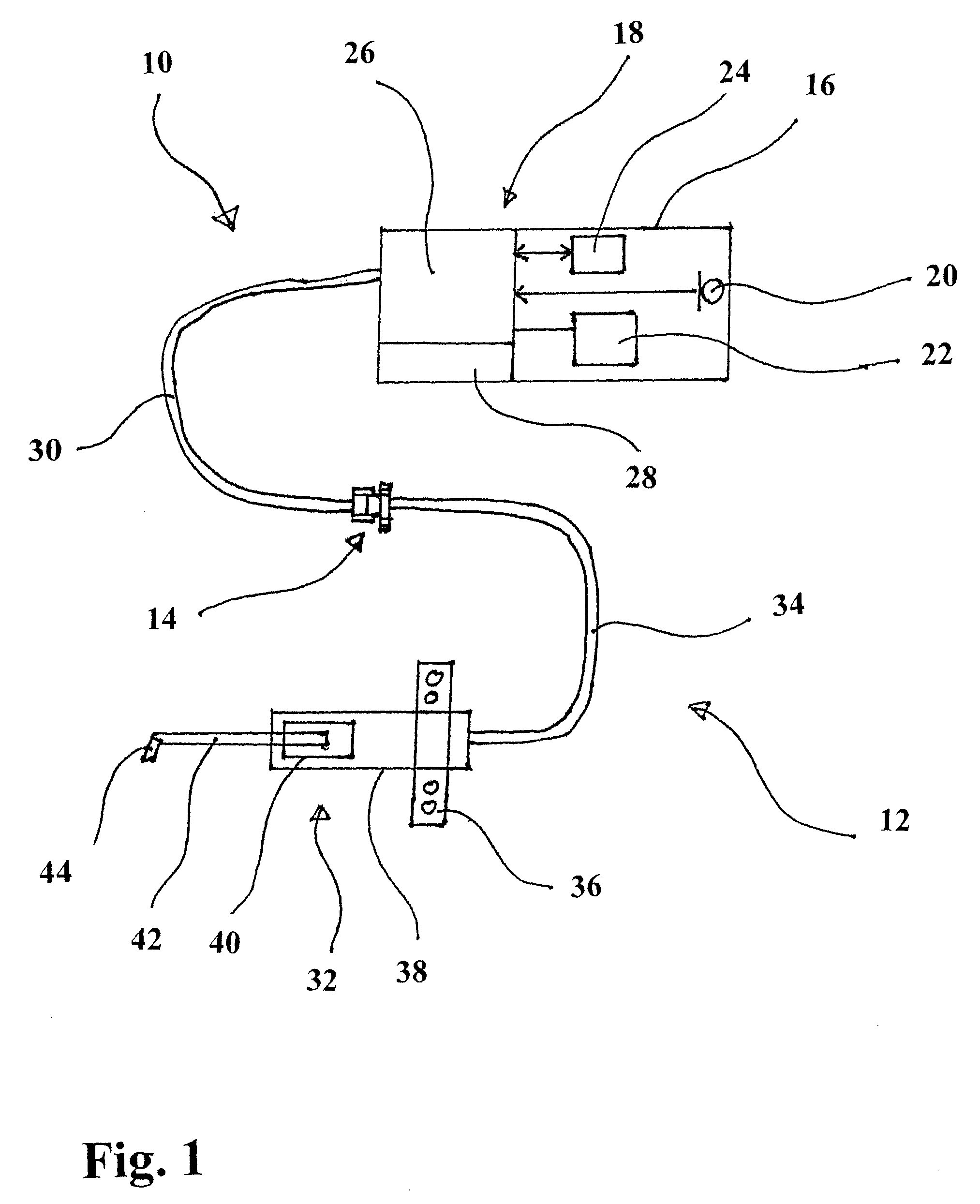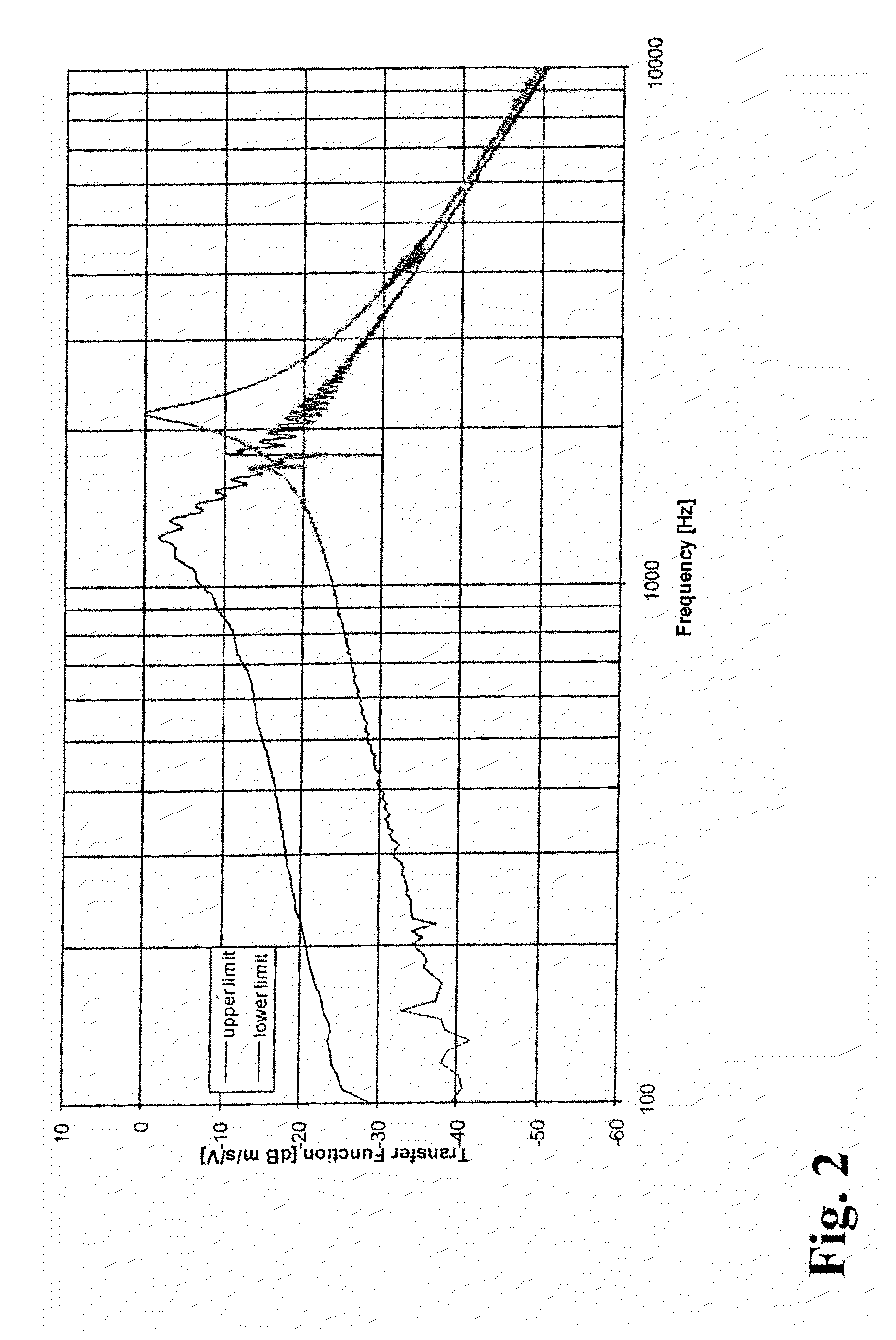Method for individually fitting a hearing instrument
a hearing instrument and individual technology, applied in the field of individual fitting of hearing instruments, can solve the problem of large number of measurements that must be taken, and achieve the effect of substantially reducing the number of measurement points to be investigated
- Summary
- Abstract
- Description
- Claims
- Application Information
AI Technical Summary
Benefits of technology
Problems solved by technology
Method used
Image
Examples
Embodiment Construction
[0052]To facilitate understanding of the fitting procedure, signal conversion as performed in a hearing instrument will be explained below by reference to FIG. 9. As it is schematically shown in FIG. 9 a sound level L0 is applied to a microphone M which is arranged in an environment U. Microphone M converts the sound signal into an electric signal level L1, which by means of an audio signal processing unit E is converted into an electric signal level L2 to be applied as input signal to an output transducer TD. Output transducer TD, which can be an electroacoustic transducer (i.e. a speaker / receiver), an electrode for direct electric stimulation of the cochlea or an electromechanical output transducer for direct mechanical stimulation of the middle ear or the inner ear, and which in case that the output transducer TD is an electrode or an electromechanical output transducer has to be implanted, is coupled to the hearing apparatus EAR of the patient. In dependency of the type of outpu...
PUM
 Login to View More
Login to View More Abstract
Description
Claims
Application Information
 Login to View More
Login to View More - R&D
- Intellectual Property
- Life Sciences
- Materials
- Tech Scout
- Unparalleled Data Quality
- Higher Quality Content
- 60% Fewer Hallucinations
Browse by: Latest US Patents, China's latest patents, Technical Efficacy Thesaurus, Application Domain, Technology Topic, Popular Technical Reports.
© 2025 PatSnap. All rights reserved.Legal|Privacy policy|Modern Slavery Act Transparency Statement|Sitemap|About US| Contact US: help@patsnap.com



